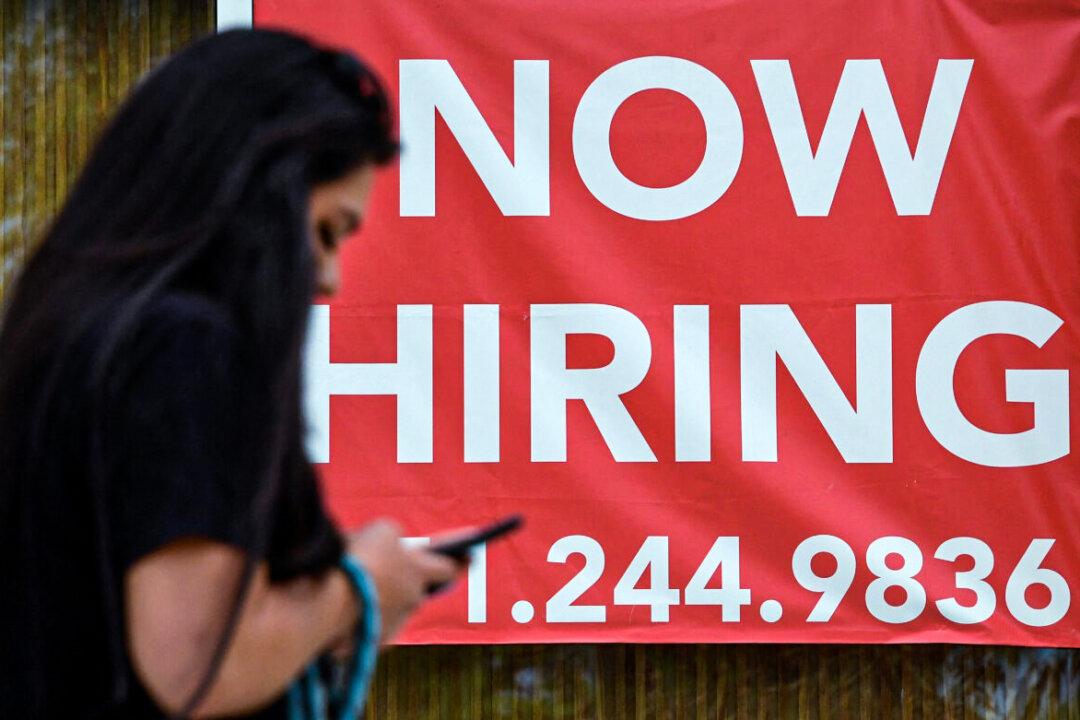Commentary
Lockdowns and quarantines in 2020 had a disproportionate impact on women. Though some saw bias, the main problem was that services suffered most in that environment, and women dominate employment in this area.

Lockdowns and quarantines in 2020 had a disproportionate impact on women. Though some saw bias, the main problem was that services suffered most in that environment, and women dominate employment in this area.